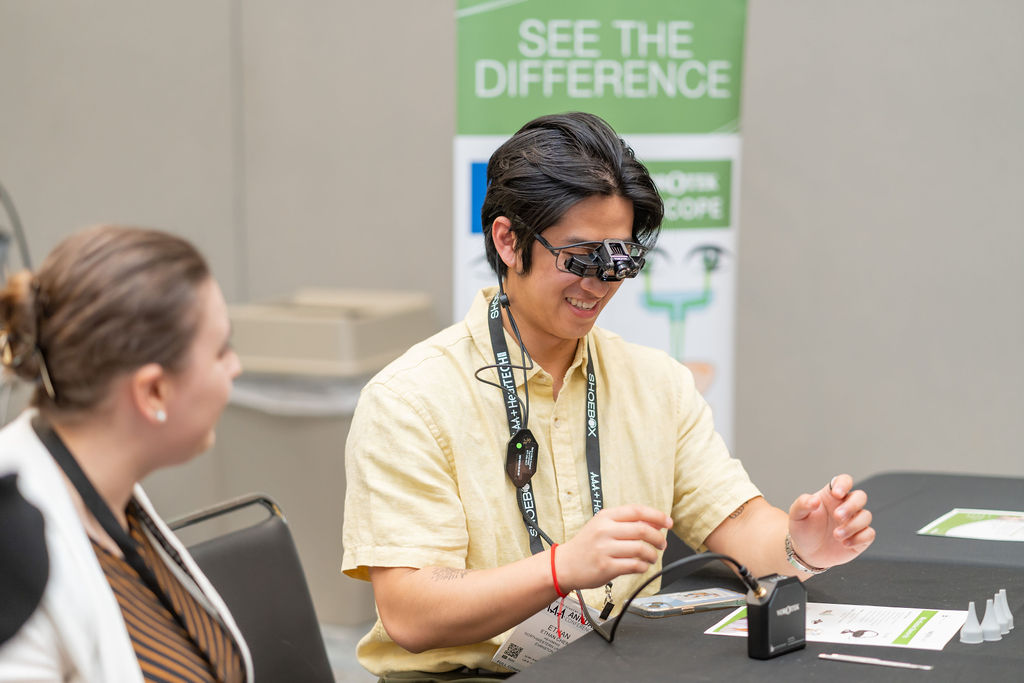Through a combination of gene therapy, eyeglass cameras, and visual cortex implantation, partial restoration of vision in those suffering from disorders such as age-related macular degeneration (AMD) may become a reality.
Researchers are attempting to bypass the damaged retina and create new photo-receptors in the visual cortex (through gene therapy). These new photo-receptors would receive stimulation through an implant powered by induction coils, similar to those found in cochlear implants.
The visual cortex implant receives its information through a pair of glasses equipped with cameras tracking eye position and what is in the person’s line of site. These glass would be similar to the body or ear-level processors of modern cochlear implants.
While clinical application is still a few years away, the future of vision implants is certainly bright.
Reference
Colins F. (2019) The Amazing Brain: Making Up for Lost Vision. NIH Director’s Blog. August 27.
Recent Posts
Academy Presents Inaugural AAA National Health Leadership Award to Representative Bilirakis
Today, Patrick Gallagher, Executive Director of the American Academy of Audiology, presented the inaugural AAA National Hearing Health Leadership Award to Representative Gus Bilirakis (R-FL)…
2026 Academy Honors and Awards Recipients
Every year, the Academy asks colleagues, friends, and mentees to look around their professional circles and identify members who are deserving of recognition for outstanding…
Turn Insight Into Action! Attend Learning Labs at AAA 2026
Ready to take your professional development to the next level? At AAA 2026, Learning Labs are your chance to go beyond lectures and dive into…


